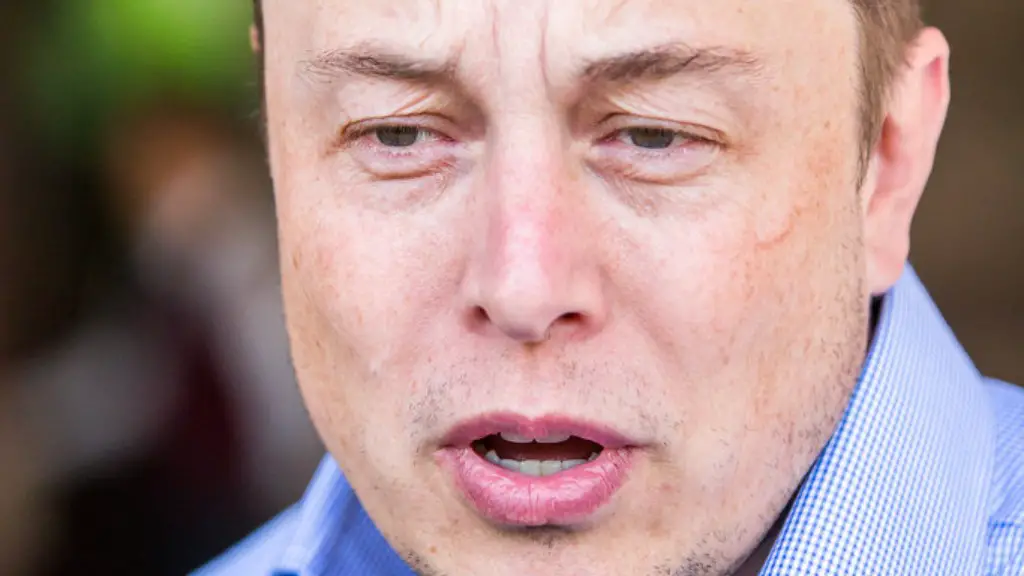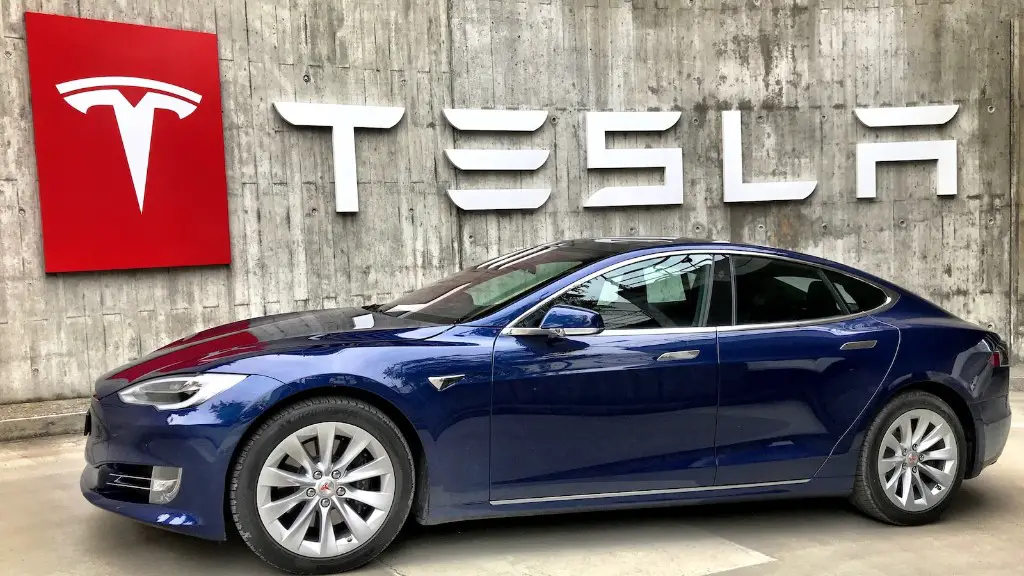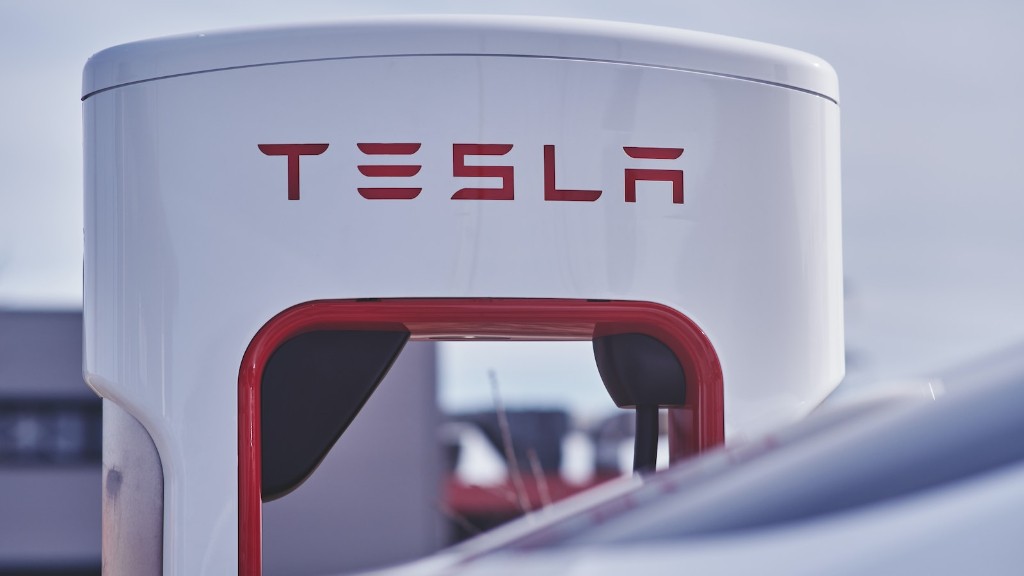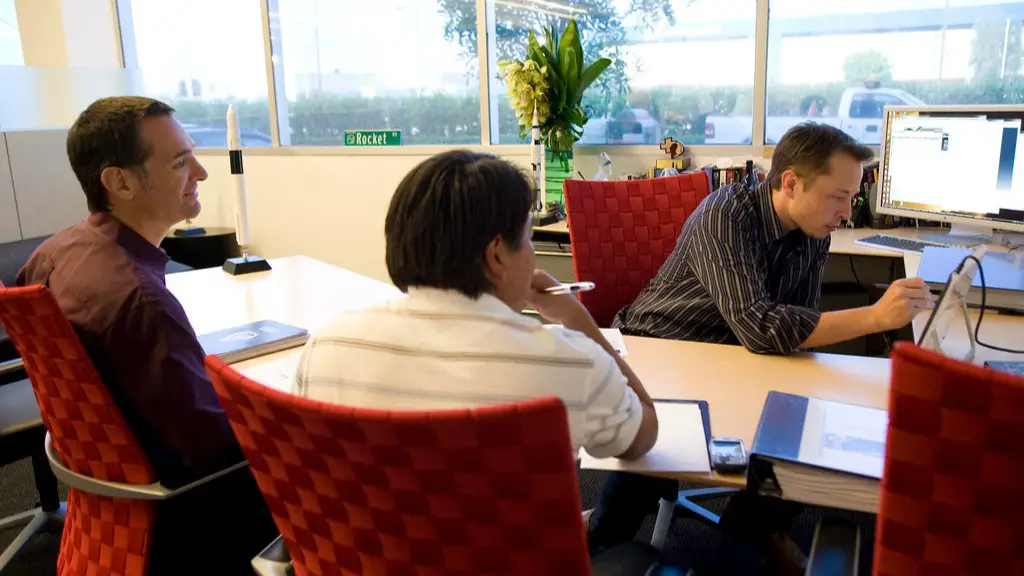Where Can I See Elon Musk Satellites?
Elon Musk, the founder of Tesla and SpaceX has been making headlines for the last two decades for his disruptive innovation and technological advancements. One of the most ambitious projects of Elon Musk is the creation of thousands of communications satellites. Musk is sending them into space to provide global internet coverage called Starlink. Although this project is still in its early stages, many dedicated sky-watchers have already managed to spot several of the satellites in the sky.
These satellites resemble small, bright stars. They are relatively easy to spot. However, to be able to see them, it is necessary to have a good idea where to look, when they will be passing by, and how to differentiate them from other celestial objects. In this article, we will explain where to find them and how to recognize them as they pass overhead.
Identifying the Satellites
Elon Musk’s satellites have an unmistakable character that makes it easy to recognize them. They have an unusually high brightness and magnitude and move in a straight path across the sky. They usually move faster than other astronomical objects, like stars and the International Space Station (ISS). This can help the observer to differentiate them from other celestial objects.
The observation of SpaceX’s Starlinks requires good conditions and dark skies, with limited light pollution. Moreover, they can be best seen during twilight, when they are illuminated by the sun but the sky is still dark enough to see faint stars and satellites. Observers should look at least 45 degrees above the horizon to reduce the effects of atmospheric distortion.
Where to Find Them?
The most important factor in being able to observe the satellites is determining when and where they are passing over. The best way to do this is to consult with websites like Heavens Above. This platform provides the schedules of satellites passing overhead, allowing dedicated sky-watchers to plan ahead and know exactly when the satellites will be passing by.
Equipment Needed
The equipment needed for this observation is relatively simple and inexpensive. A pair of binoculars is recommended, as they provide a wider field of view, making it easier to observe the satellites. Additionally, a tracking device, such as an app or a dedicated telescope mount, can be used to help follow the satellites as they pass overhead. Some basic knowledge of the night sky can also be helpful, as it’s easier to locate familiar constellations and stars, and then find the satellites in their vicinity.
Conclusion
With the right knowledge and equipment, it’s possible to observe Elon Musk’s satellites passing by in the night sky. All that is needed is some dedication and patience. Although it requires a bit of technical know-how and the proper equipment, it is an activity that almost anyone can do, and one that can provide a great sense of accomplishment in spotting these satellites and witnessing the results of this technological feat.
The Scale of the Project
Elon Musk’s project is, without a doubt, very ambitious. It consists of launching over 12,000 satellites into space, a number that will eventually reach up to 40,000. SpaceX plans to offer internet access to people in remote areas around the world, providing them with access to all the benefits of high-speed internet, such as education and medical care.
These satellites are all connected by a network and are distributed in several orbital planes. To cover the entire Earth, they have to be relatively close to each other, to ensure an optimum connection between them. Since the satellites are moving at high speeds, they have to be constantly monitored and adjusted to maintain an optimal connection.
The Impact of the Project
SpaceX’s Starlink project is expected to have a huge impact on the way people access the internet. It could give millions of people access to previously unreachable areas, providing them with access to knowledge and communication. Moreover, it could also revolutionize the space industry and make internet access more affordable for all.
Apart from the obvious economic and social benefits, Starlink could also have a profound impact on astronomy, changing the way we look at the night sky, as thousands of bright satellites will be passing by every night. This could interrupt astronomy research, as the satellites could interfere with telescopes and other observational instruments, reducing the quality of the collected data.
The Cost of the Project
The cost of Elon Musk’s project is estimated to be around $10 billion. For such a large investment, Musk should ensure that the venture will be sustainable in the long-term. To that end, SpaceX has recently deployed a recycling system to reduce the cost of replacing parts and materials of the satellites. This system has increased the reliability of the satellites and their ability to stay in their orbits for longer periods of time.
In addition to the cost of maintaining the satellites in orbit, SpaceX also has to pay for the launches. Each rocket launch costs around $50 million. With the current rate of launches, SpaceX will spend over $1 billion in the next few years just to deploy its satellites.
The Reactions of Other Companies
The ambitious project of SpaceX has made the other companies in the space industry take notice. Some other tech giants, such as Amazon and Microsoft, have launched similar projects, developing their own satellite networks. This rivalry is beneficial for the aerospace sector and for customers, since it encourages competition and the development of more efficient technologies.
These competing companies have also blamed SpaceX for inadequate regulation of their project. They have argued that such a massive deployment of satellites should be heavily regulated to avoid potential damage to astronomical observations or interference caused by a large number of satellites. However, most of these accusations have been dismissed due to a lack of solid evidence.
Regulation
Despite these companies’ concerns, the International Telecommunication Union (ITU) has regulated the new satellite networks. It sets the limits for the number of satellites in each orbital plane, and regulates their frequency of communication, ensuring that they don’t cause interference with other systems. Moreover, it sets a deadline for the decommissioning of older satellites, reducing the number of objects in space.
Even with these regulations in place, it is still possible that the new satellite networks might interfere with astronomical observations, especially if they’re not properly monitored. Therefore, ITU is constantly monitoring them and ensuring that they comply with the regulations and don’t cause interference.
SpaceX’s Risk Management
SpaceX is making sure that the project does not cause more harm than good. The company recently conducted a series of tests to make sure that the satellites are operating correctly and that there is no interference. Moreover, the engineers at SpaceX are constantly updating their software to fix any issues that might arise.
In addition, SpaceX has also implemented a de-orbiting system for the satellites, ensuring that, once their operational life is over, they are taken out of orbit in a controlled manner. This reduces the number of debris left in space and minimizes the risk of collisions with other objects.




